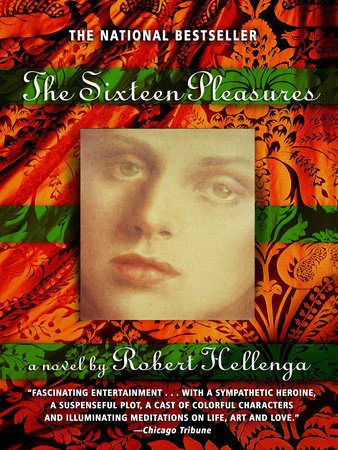The Sixteen Pleasures Reader’s Guide
By Robert Hellenga


1. What factors contributed to Margot’s decision to go to Florence to become a "mud angel"?
2. Margot’s mother comes up throughout the novel. What bits of advice from her mother does Margot remember? What lasting effects does the affair between Margot’s mother and Bruno Bruni have on Margot? Discuss what you think Margot’s relationship to her mother was.
3. The Sixteen Pleasures contains vivid descriptions of the restoration of some Florentine frescoes as well as the intricate details of book conservation. Discuss how these details enrich the story.
4. In what ways is The Sixteen Pleasures a coming-of-age novel?
5. Margot’s love interests, first Jed Chapin, then Sandro Postiglione, are quite different types of men. Discuss how these characters are contrasted in the book.
6. Margot’s stay in the Santa Caterina convent introduces her to the lifestyle of a Carmelite order. What life lessons does she learn there and how does her experience there change her?
7. Madre Badessa, the mother abbess of Santa Caterina, is a strong female character with an agenda to preserve her convent. Discuss the measures she takes to do this. Do you think she is a feminist?
8. The Sixteen Pleasures is told from alternating points of view: Margot narrating some chapters and an all-knowing narrator telling others. Discuss how this is an effective technique to tell the story.
9. Margot’s relationship with Sandro is somewhat unconventional, as is Sandro’s relationship with his wife What compromises, if any, does Margot make to be with Sandro. Do you think it’s worth it in the end. Does Margot?
10. The Sixteen Pleasures takes place in 1966. Discuss aspects of the novel that feel contemporary and those that feel old-fashioned.
11. Foods, arts, sexuality, and spirituality are interwoven in The Sixteen Pleasures. Is there a commentary on the philosophy of pleasure here?
12. Margot briefly considers a life in the convent. In the end, she decides against it. Which do you think is the saving grace of life for her, art or religion?
Just for joining you’ll get personalized recommendations on your dashboard daily and features only for members.
Find Out More Join Now Sign In